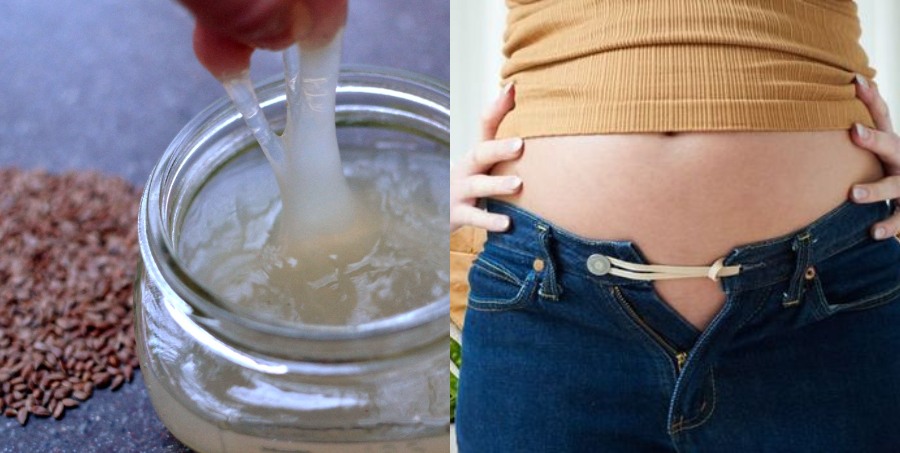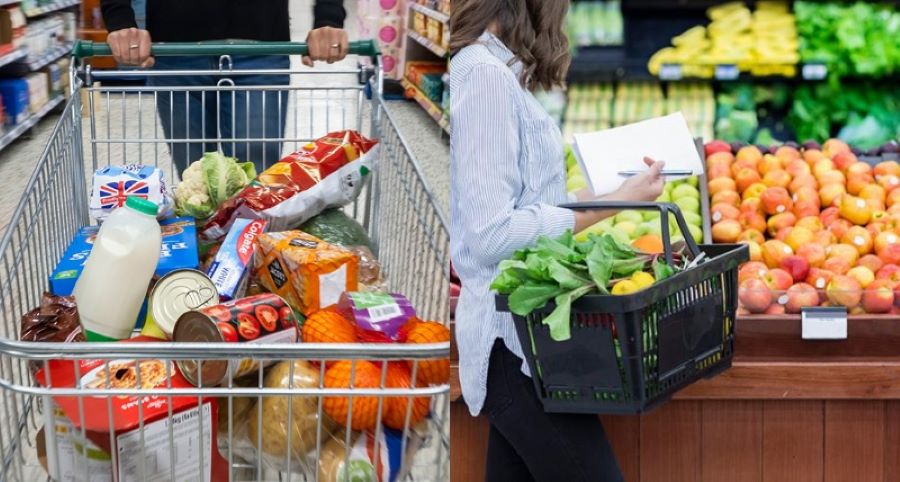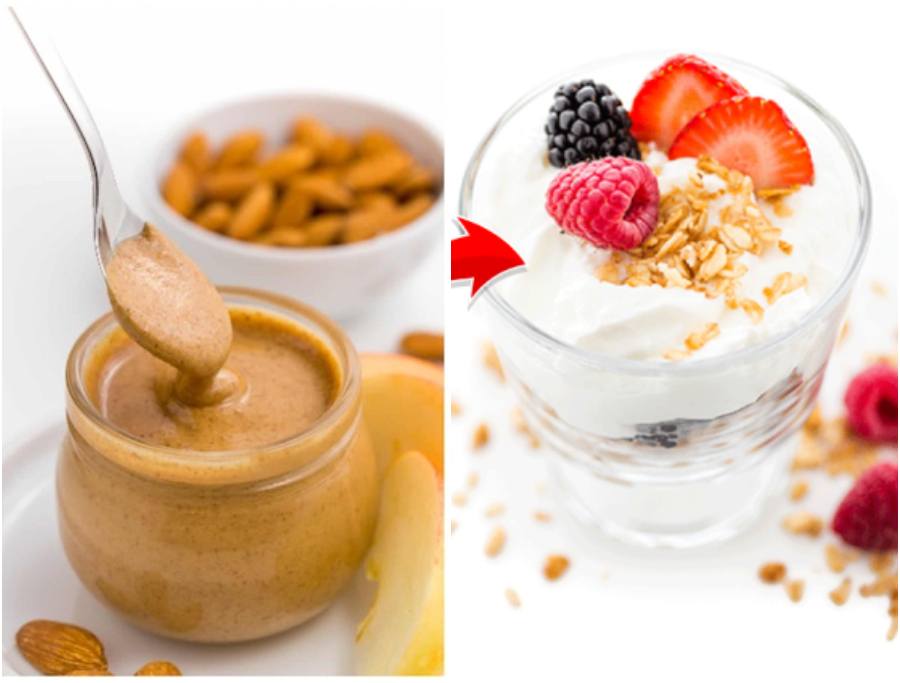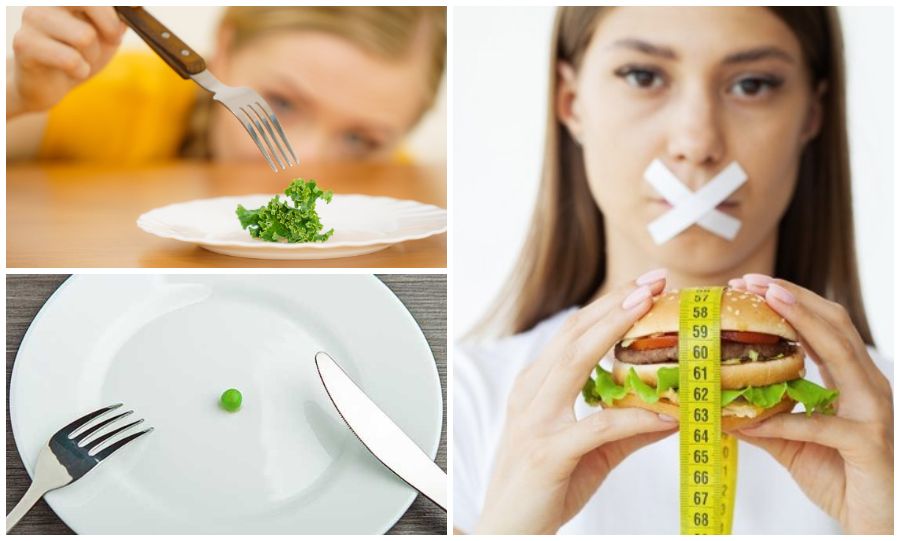Portion control is an essential aspect, not only to lose weight but also to maintain optimum health and to prevent diseases such as type 2 diabetes, stroke, and heart disease. Eating disorders such as anorexia, bulimia, and binge eating result from a loss of portion control. As we all know, to lose weight, one needs to put the body into calorie deficit. To achieve calorie deficit, it’s completely wrong to go into starvation mode or follow crash diets because they would be counterproductive and you may actually end up gaining weight. Calorie deficit can be easily be maintained without compromising on nutrition because a deficiency of nutrients such as calcium, magnesium, vitamin B, vitamin D will completely stall your weight loss process. Healthy diet programs, such as on Rati Beauty, promote weight loss through healthy eating habits and lifestyle changes rather than forcing the body to starve. Wrong kind of dieting may lead to eating disorders, especially in adolescent girls who have commonly have negative body image and try to match up their body image with that of models and celebrities. Through programs on Rati Beauty, it doesn’t feel like you are on a diet or punishing your stomach. In this post, we would share some tips to portion control food for weight loss and for overall good health.
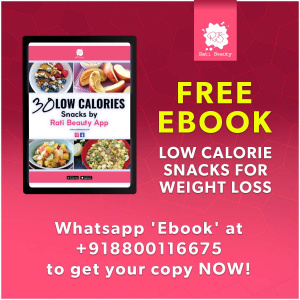

What is Calorie Deficit?
A calorie deficit occurs when a person consumes fewer calories than those burnt while exercising, resting, or performing basic bodily functions. In contrast, a calorie surplus occurs when a person consumes more calories than those that are burnt, leading to weight gain. In order to have a calorie deficit, the average person must cut down food intake by 500 calories per day. This figure is usually sufficient for weight loss without affecting energy levels, hunger, or bodily functions. For women, the number of calories must not drop below 1200 calories per day, and for men, it should not fall below 1500 calories per day.
How To Find out How Many Calories one needs to Lose Weight?
1. An easy way to find out the minimum number of calories required by an individual for energy expenditure, called “maintenance calories,” is to use an online calorie calculator. Such calculators allow one to enter their age, gender, physical activity etc. to determine their maintenance calories. Otherwise, one can even calculate their average caloric intake by monitoring their diet for a few days. The daily calorie intake gives an idea of how much is required for adequate functioning. From this number, 500 calories can be subtracted and this new figure can be adapted into the diet. Consulting a dietician would provide personalized advice for an individual.

2. Another method to maintain a calorie deficit is to burn a lot more calories than consumed through physical exercise on a daily basis. This includes dedicating some time at the gym every week to medium intensity exercise like brisk walking and bicycling or high intensity exercise such as jogging and fast bicycling. However, it has been suggested by doctors that losing weight through diet or by both diet and exercise is more beneficial.
3. A calorie deficit can be adopted by firstly cutting out any highly-processed food and drinks. This may include sugary breakfast cereals, beverages, and fast food. Alcohol also contains a significant number of calories which can be easily reduced. These meals should slowly be replaced by foods that are least processed.
4. Another great way to have a calorie deficit is to prepare home-cooked meals. This ensures least processing, minimal intake of salt, greater uptake of essential vitamins and minerals, and ingestion of fewer calories. Plus, one can control the ingredients and the portion size based on their needs. Home cooked meals also prevent illnesses such as diabetes and heart disorders.
Tips to Portion Control Food for Weight Loss:
1. Bring the balance on your plate: Ideally, to lose weight, your plate of food for every meal should have 50% vegetable or fruit, 35% protein source, and 15% of carbs. It can also mean one source of protein (list of protein-rich food here), a cup of vegetable, and just quarter a cup of carb source such as brown rice.
2. Remember to chew slowly: People who eat quickly are undeniably putting their health at risk and also tend to gain weight compared to those who take their sweet time chewing slowly. Studies have shown that people who eat quickly without chewing food properly tend to put on weight more rather than the ones who eat slowly. It is essential to chew the food thoroughly and avoid gulping it down your throat. When you eat quickly, you are unknowingly eating more food whereas those who take a good amount of time to chew their food, will always eat less quantity because they reach satiation point during the eating process. When you eat fast, you take in a lot of air too while chewing, and this is not good for your overall system and would lead to bloating. In this post, we will discuss how taking your own sweet time to chewing food is beneficial
3. Never eat directly from a bag full of popcorn or a box full of cookies: Because it means you would most likely end up finishing the whole box of chocolates or biscuits or a whole bag chips, throwing you off the weight loss wagon. If you have to treat yourself, serve such things on a plate and count them before consuming so that you do not end up binging.
4. Soup yourself up: Starting lunch and dinner meals with a vegetable soup may help you reduce your overall calorie intake and have a good control over the portion.
5. Never watch TV or browse through phone while eating: We all tend to let go of mindful eating with distractions on TV and phone. You would tend to ignore all signals from your brain that you are full while watching tv or browsing through Facebook. You will get easily distracted and end up consuming more food.
6. Measure your food on a weighing scale: You would know the reason why Rati and Sanjeevji always suggest measuring food while preparing food. It would be a great idea to invest in a digital weighing scale to measure food when you are starting out on your weight loss journey, you have no idea how much it helps with portion control and to lose weight eventually.
7. Never rely on the serving size mentioned at the back of the food label. Only check the labels at the back to weed out transfat, added sugar, preservatives and nutritional information though. But do not use it to measure portion size because you would end up consuming way more calories than you should.
8. As we have always maintained, most of the times we are just thirsty and not really hungry, so keep yourself hydrated through the day. Also, drink one glass of water at least 15 minutes before each meal so that the water will fill your belly and you would take in only the necessary amount of food.
9. Fill half of your plate with low-calorie vegetables such as spinach, mushroom, capsicum, cauliflower, etc., which have negliglble calories and at the same time provide a whole lot of nutrition. Here’s a list of zero calorie food items that you must check right now.
10. Eat from a bowl rather than a plate: It’s easy to trick your brain to eat less when you eat from a bowl than from a plate. You would feel full when you eat from a small bowl with the same quantity of food that you eat from a larger plate. Also, the bowl’s weight in hand will give you the feeling that you are consuming more food. So, dump that plate and pick that bowl.
Additionally, be extra careful with delicious treats like peanut butter – you can easily go from one tablespoon of peanut butter to two tablespoons and it would shoot up your calories significantly.
Do share your own thoughts on how to go about portion control 🙂
10 Amazing Ways to Start Eating Healthy
How To Stay Slim and Healthy For Life

